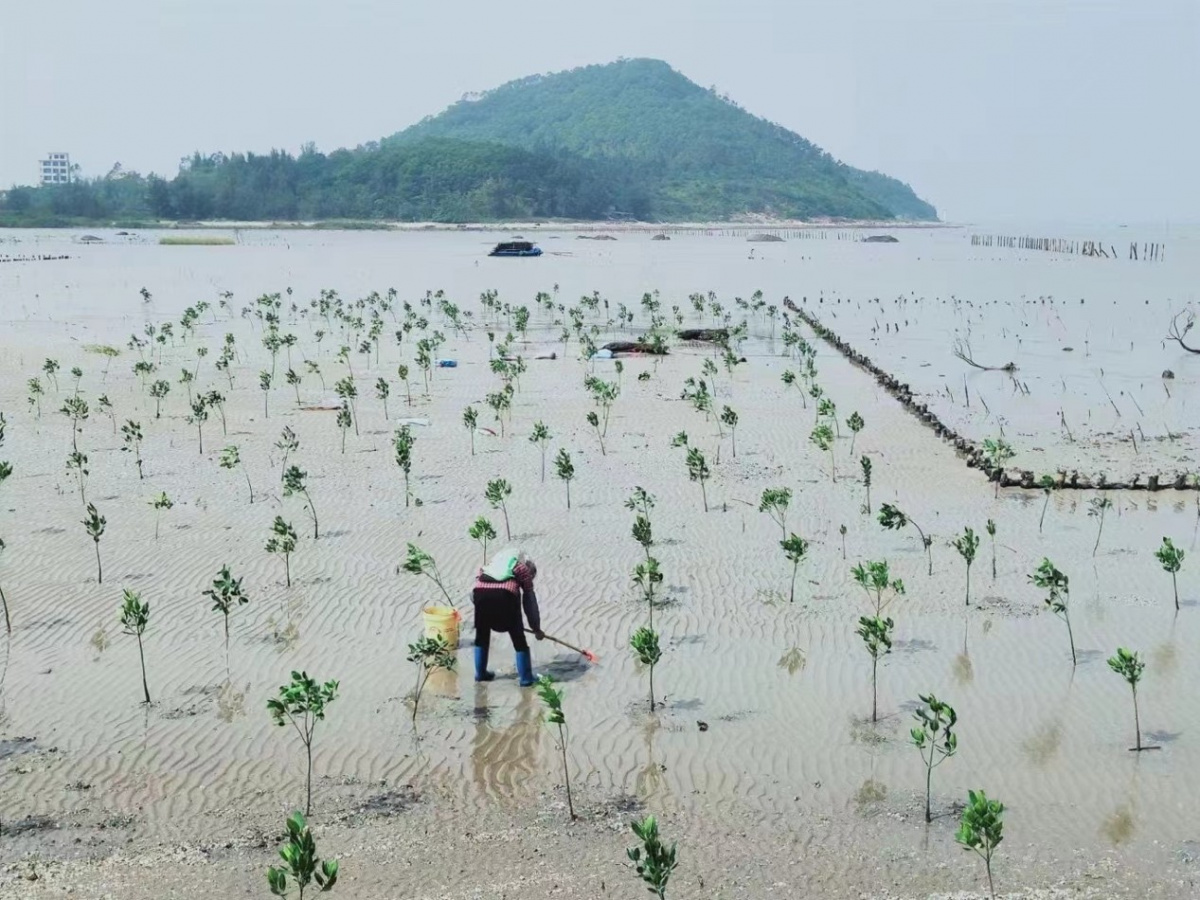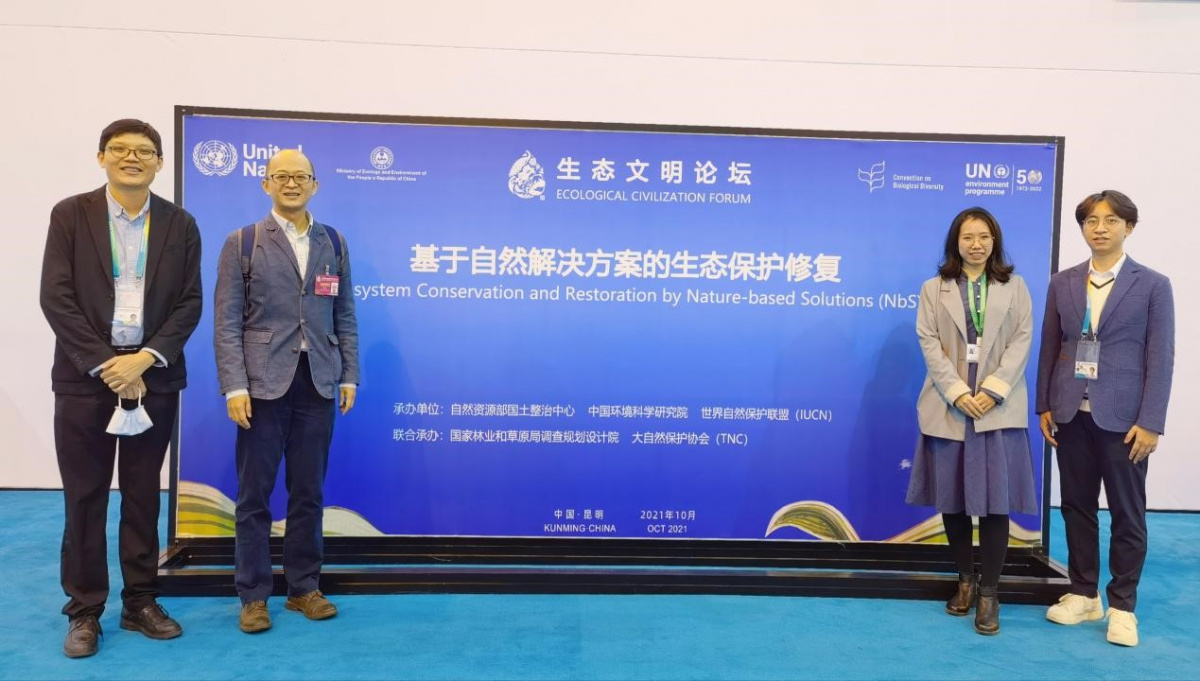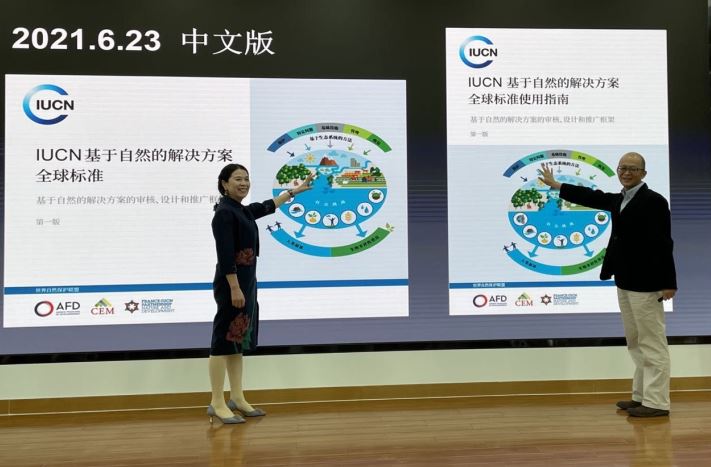A new approach for restoring China's state forest farms
Wang Hui, Senior Forestry Engineer, shares his thoughts on incorporating the forest landscape restoration approach at the Mulan State Forest Farm in China.
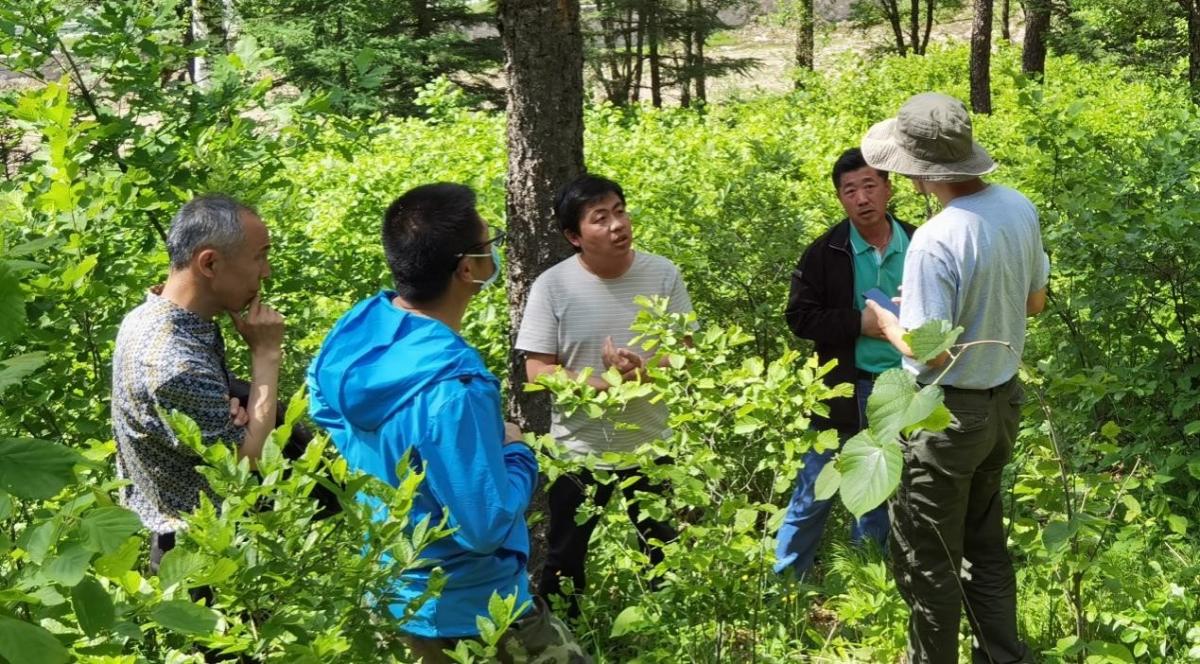
Photo: IUCN / TRI China
The Restoration Initiative (TRI) in The People's Republic of China is working to improve the health and management of State Forest Farms (SFFs) which cover 8% of land China, or 77 million ha. Traditional management of SFFs focused principally on wood production with little attention to ensuring healthy ecosystems. Working with seven pilot SFFs, the TRI China project is supporting work to incorporate forest landscape restoration (FLR) principles and practices into the SFF management plans, and to share and mainstream successful experiences within the wider network of SFFs.
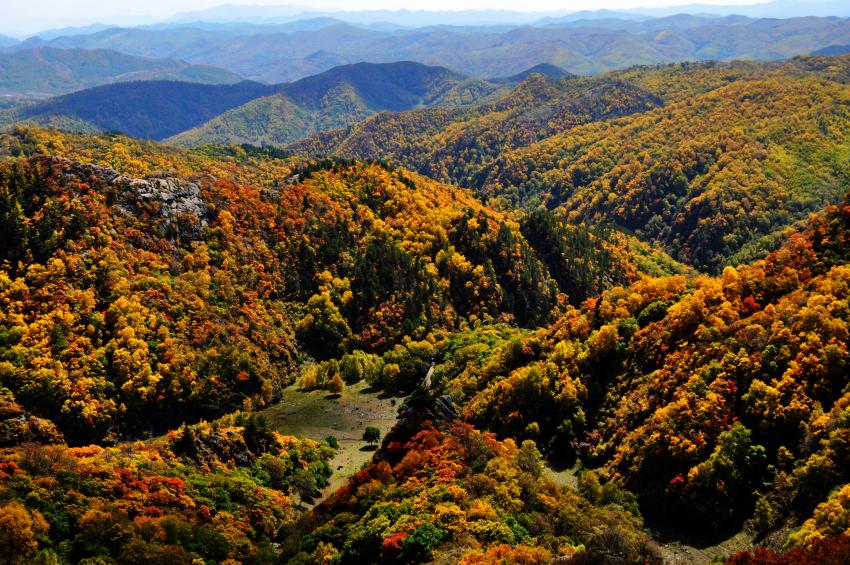 Photo: IUCN / TRI China
Photo: IUCN / TRI China
To understand how these new ideas and practices make their way into actual changes on the ground, the TRI China project team spoke with Mr. WANG Hui from Mulan SFF – one of the pilot SFFs.
Interview with WANG Hui
Q. Please introduce yourself and Mulan Forest Farm
I’m WANG Hui. I was born in Hebei Province, and obtained my Master’s degree in Forest Cultivation from the Forestry College of Hebei Agricultural University. In 2011, I was employed by Mulan Forest Farm. I am now a Senior Forestry Engineer and serve as the deputy section chief of the Mulan Forest Management Department.
Mulan is the largest SFF in Hebei Province. It is located in Weichang County on the upper reaches of the Luanhe River on the southern edge of the Hunshandake Sandland in Inner Mongolia. Mulan is important for water conservation and as an ecological barrier against sand-carrying winds headed for Beijing and Tianjin. Since its establishment in 1963, Mulan’s operating area has expanded from 23,333 ha to 106,000 ha, and forest coverage has increased from 35% to 90.6%.
How do you understand the FLR concept? How does the new plan differ from previous forest management plans?
I think the core of FLR is to rebuild and optimize forest vegetation. Rebuilding aims to restore the degraded forest land. Optimization aims to improve the current quality of the forest landscape to provide a variety of benefits from the forest ecosystem.
Mulan’s innovative plan embeds the FLR approach into the forest management plan and prioritizes water conservation, wind breaks, and sand fixation over wood production. It defines technical and management approaches, and optimizes and quantifies technical indicators.
In addition, the plan directs more attention to public welfare and the socio-economic development of the forest farm. We collected opinions from stakeholders including SFF staff, communities, forest product purchasers, processors, enterprises and others, as well as conducting social research and analysis. We hope this will contribute to improved public welfare and social benefits.
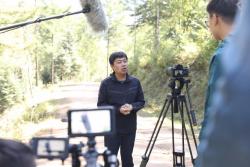 Photo: IUCN / TRI China
Photo: IUCN / TRI China
I think it is comprehensive zoning optimization at the landscape level. Our traditional plan is based solely on forest stands (traditional forest management units). In such a small area and with simple attributes, it is not easy to consider overall ecosystem functions when designing operations. With the landscape vision [of FLR] we accomplished landscape scale farm zoning and classified farms into water conservation zones, wind prevention and sand fixation zones, timber production zones, and seedling cultivation zones – according to management objectives. And we designed different management measures in different zones of the watershed unit. For example, in the water conservation zones, we will focus on shrub improvement, transformation to multi-layer forest and restoration of low-quality forests in wind-proofing and sand fixing zones. We also conserve protected nature reserves, survey and monitor biodiversity, and mark precious tree species.
Q. What benefits can be achieved from implementing the plan? How does the community envision the benefits?
I think forest quality and ecological services will be improved. Secondly, although this is only a four year project, our awareness is raised and our technical skills will continue to benefit farm management. From now on, we as forest managers will pay more attention to ecological benefits and social responsibility. In the future, we can adjust the plan by ourselves and help other forest farms. Finally, for the community, in our plan we designed forest production activities and account for ecological, social and economic benefits. In addition to direct improvement of the environment and public facilities, this plan will provide more than 700 jobs every year, and indirectly increase community income from timber, herbal medicine, mushrooms and tourism.
Q. How do you think we can mainstream the new plan into other SFFs and communities? Do you have any suggestions?
In my opinion, in order to promote the innovative plan, SFFs must address policy, funding, technology and other constraints. You maximize the benefits when you play to your strengths. Secondly, we must improve the abilities of SFF staff. Only when we really understand the concept and plan, can we implement the plan successfully and achieve our goals. Lastly, communication is important. It’s not smart to try to re-invent the wheel – it’s more effective to learn and share.
Q. You have many career choices with such an education, why did you choose to work in Mulan? How do you feel about the project? Does the new plan affect you personally?
I have loved forests since I was a little child, and have always studied and worked in the field of forest cultivation and management. Mulan is the largest SFF in my native province and has embraced scientific forest management; and these concepts are relatively advanced. Here I can learn advanced and practical concepts and technologies, and quickly apply my research to practical forestry. And I have accumulated a lot of front-line experience.
I think this project is a platform with broad vision, rich content and cutting edge concepts. Through this project, we have enhanced understanding of world forestry, new understanding of the functions and position of our own forest farm, and more opportunities to share our stories with other foresters internationally.
Also, it’s been a rare opportunity for me to participate in the preparation of the innovative plan. I have met many well-known experts, and learned new concepts and advanced working methods. The goal and problem-oriented logical training has especially inspired me and led to professional growth.
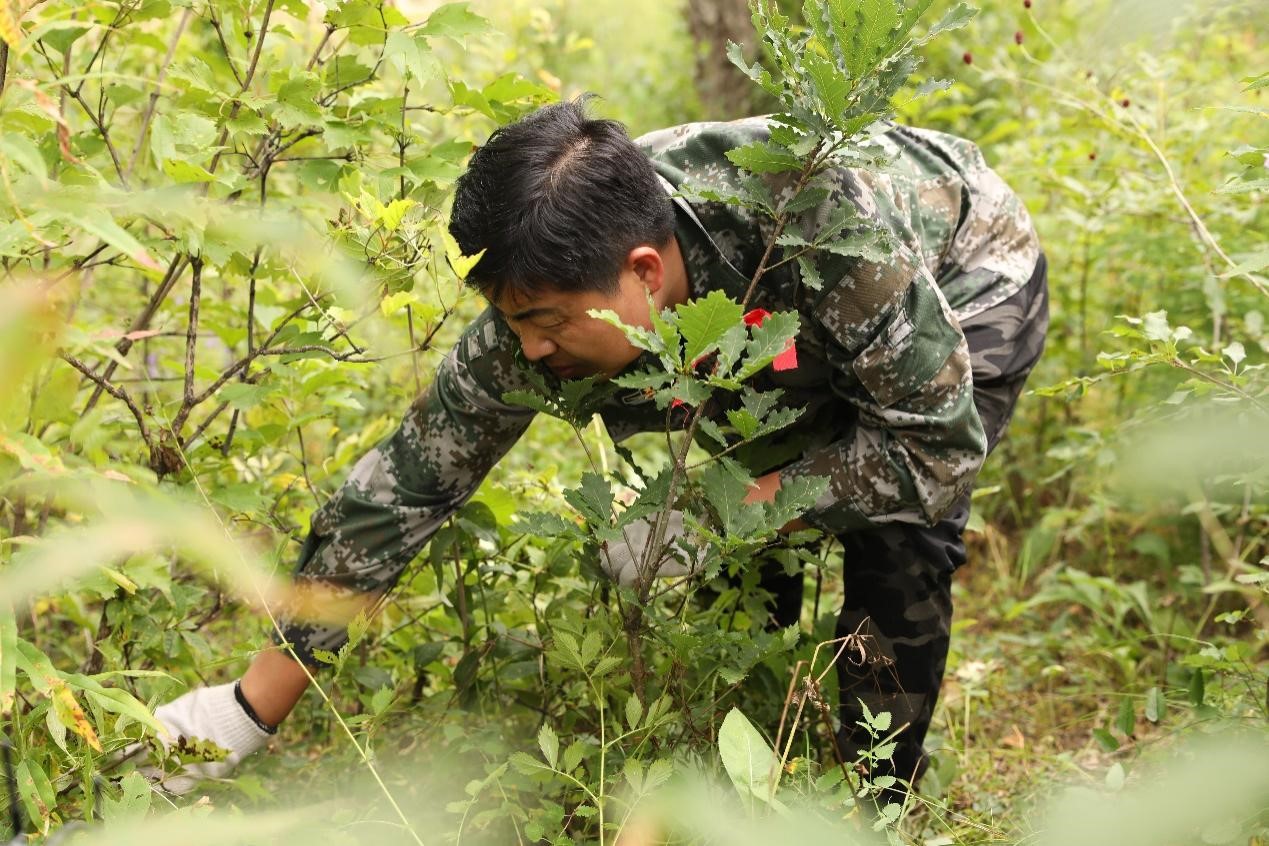 Photo: IUCN / TRI China
Photo: IUCN / TRI China
“The forest farm belongs to us. It’s us who will benefit from the improving environment and improved local economy. The China TRI Project is coming to support us and, of course, we’ll make the most of this opportunity,” WANG Hui proudly said, exemplifying the Mulan spirit cultivated by 57 years of hard work.
An example to consider elsewhere
Through applying FLR in Mulan, the TRI China project found that success relies on putting people like WANG Hui at the core of the process. The TRI China project will replicate and promote Mulan’s experience across the other pilot SFF’s and, hopefully, beyond.
For more information on The Restoration Initiative
